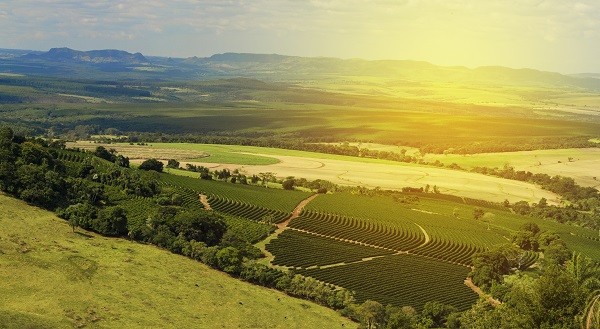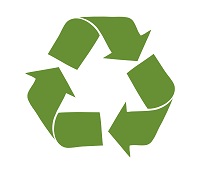
The National Environment Week begins on June 1st and ends on June 5th, when the World Environment Day is celebrated.
This week of awareness – the Environment Week – was created in Brazil by Decree No. 86028, of May 27, 1981. Its purpose was to complement the celebration of the World Environment Day established by the UN.
In the United Nations Environment Conference, better known as the Stockholm Conference, principles were established to guide the environmental policies for the whole planet, with the following pillars:
- Human Rights;
- National Resources Management;
- Pollution Prevention;
- Environment and the Warfare Material Development.
In this context, the need for each country to prepare its own legal framework aimed at conservation became evident.
As an example, Brazil’s New Forest Code of 2012, the Brazilian Supreme Court confirmed the Constitutionality of its provisions, and provided Brazil a legal framework for the protection of native vegetation, a conquest that conciliates conservation and production, with the definition of rules to regularize rural properties in this regard.
The Code brought, among its many provisions, the Rural Environment Code (CAR); and the Environment Regularization Program (PRA). The bringing together of all information prepared by producers based on their statements, has shown the photo of land use and occupation, and the sustainability of the sector, through expressive gains in productivity in recent decades, by maintaining the native vegetation protected in rural properties.

According to the CAR analysis, prepared by Embrapa Territorial, and more recently confirmed by the American Spatial Agency (NASA), which were demonstrated by maps, the expansion of Brazilian agricultural production was based on productivity increases. That means that agricultural practices and technologies used privilege a moral rational use of resources.
Therefore, Brazil in addition to being a large producer and exporter of food, energy and fibers, is a world power in environmental conservation. It is noted that over 66% of the Brazilian territory is covered by native vegetation, and this level rises to almost 75% when native pasture areas of the Pantanal, the Pampa, the Caatinga and the Cerrados are included.
All agricultural production occupies 9% of the Country’s territory. Farmers maintain more native vegetation within the boundaries of their properties (20.5% of Brazil) than all conservation units together (13%).
The main coffee producing regions of Brazil are located in states in which rural properties have, in average, a percentage of their area dedicated to native vegetation conservation above the amount required by the Brazilian Forestry Code. In the state of Minas Gerais this amounts to 34% of the area; in the state of Espírito Santo, 33%; in the state of São Paulo, 22%, and in the state of Bahia, 45% of the area is dedicated to conservation.
The high rates of environmental protection in Brazilian coffee production demonstrates the sustainability of the activity, further considering the social importance of coffee production, since over 85% of the more than 300,000 properties are of small farmers.

When meeting the guidelines of the United Nations Environment Conference, producers comply with their legal obligations and adopt good agricultural practices, conserving native vegetation areas and consequently maintaining the ecological balance. Thus, Brazil is able to conserve its environmental and agroeconomic assets.
Marcos Matos – Chief Executive Officer – CECAFÉ


Leave A Comment